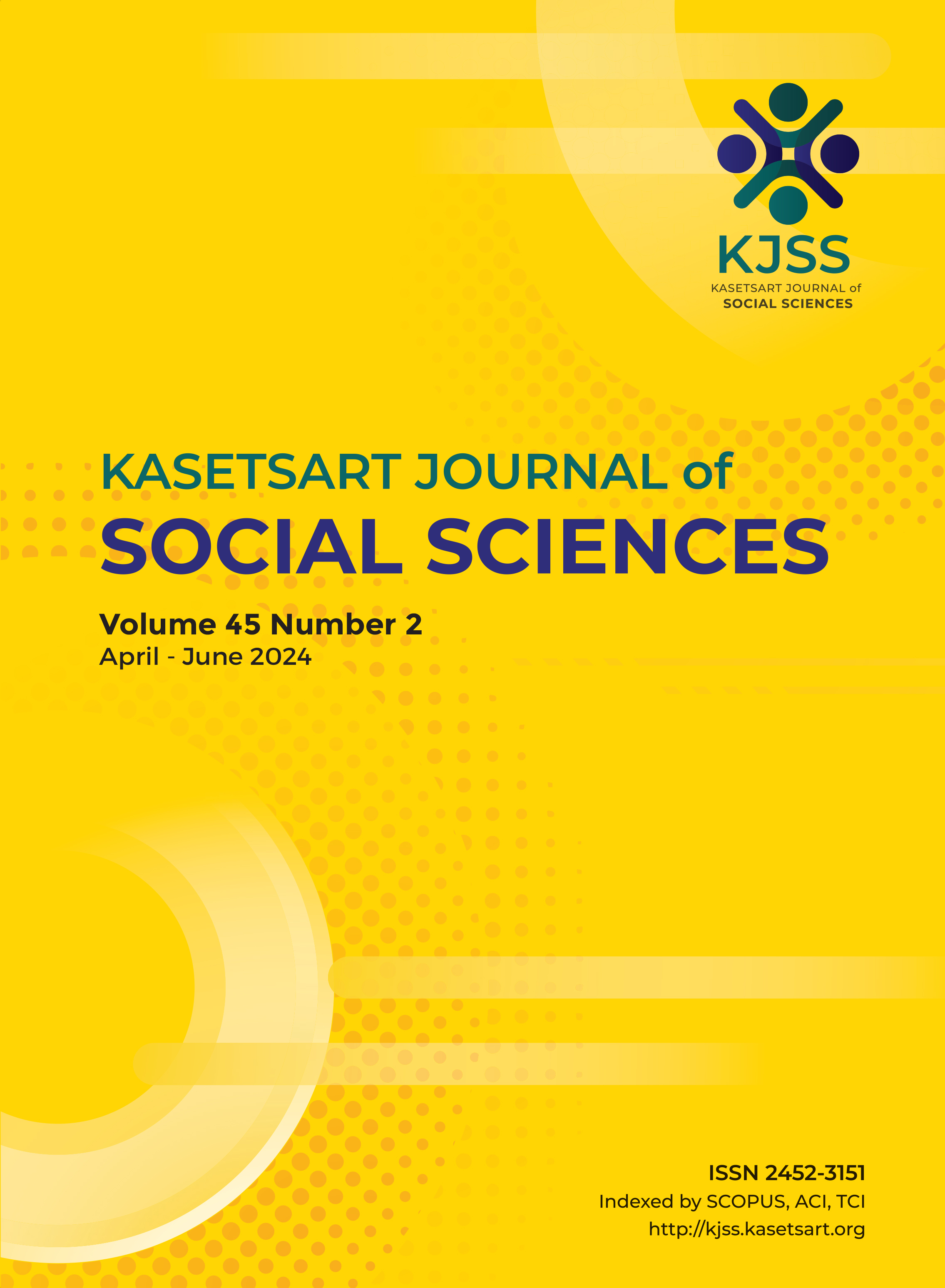Deciphering the styles and architectural features of Korat houses from traditional central Thai houses
Keywords:
architectural identity, cultural baggage, development of architectural style, Korat houses, similarities and differences in architectureAbstract
This research is aimed to compare the architectural characteristics between the Korat house and traditional central Thai houses, by identifying similarities and differences in their respective Architecture. The case study used in the analysis are 80 Korat houses located in Nakhon Ratchasima Province. Two principles of data analysis were analyzed: morphological analysis on architectural styles and comparative analysis among samples. The study discusses and identifies the identity of Korat houses along with the interpretation by explaining the factors that affect the unraveling of the architectural characteristics of the Korat house from traditional central Thai houses under a research conceptualized framework. The results of the study concluded that Korat people have maintained some of the traditional central Thai house construction patterns, especially the use of structural system. Therefore, the Korat house has the same architectural style as the traditional central Thai house. At the same time, they have adapted some elements to the environment and socio-cultural context, thus the unraveling of architectural characteristics. As time passed, a new style was integrated to serve the needs and correspond to the changes that occurred in each historical period. It became a unique style of Korat houses. All the variables resulted in the same architectural style for both groups of houses. The variables in terms of geography, locally available building materials, values, family system, way of life, construction method, privacy needs and social interaction are factors that affect the unraveling that is clearly reflected in the Korat house architectural style.
Downloads
Published
How to Cite
Issue
Section
License
Copyright (c) 2024 Kasetsart UniversityThis is an open access article under the CC BY-NC-ND license http://creativecommons.org/licenses/by-nc-nd/4.0/










